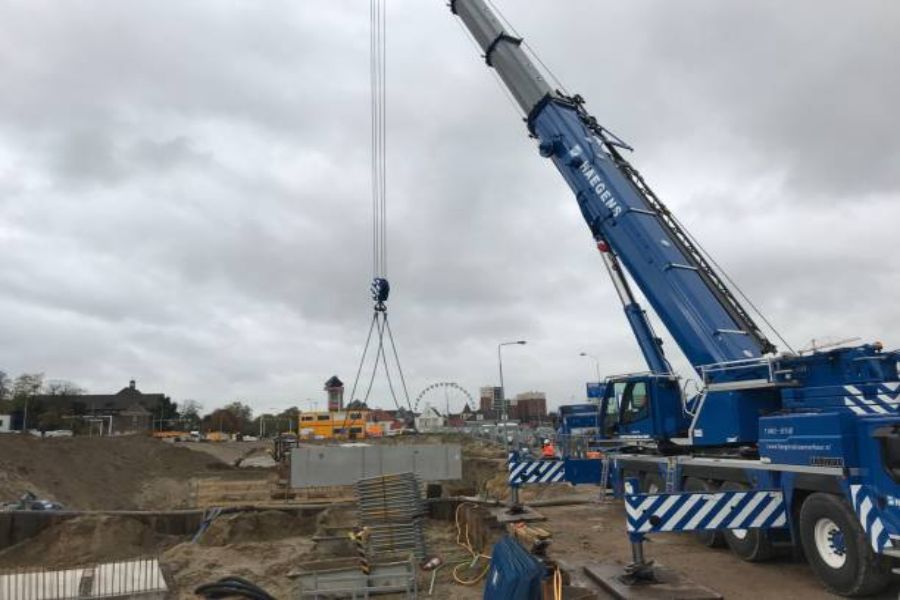What is a Single Girder Low Profile Crane?
A single girder low profile crane is an overhead crane that is designed to lift and move heavy loads. It consists of a single horizontal beam, or girder, that spans across the width of the structure and is supported by two end trucks. The height of the crane is lower than traditional overhead cranes, allowing it to operate in areas with limited headroom. The unique design of the single girder low profile crane makes it ideal for machining, warehousing, and assembly applications.
Advantages of Single Girder Low Profile Crane
Single girder low profile cranes offer several advantages over other types of cranes. These advantages include:
- Low headroom design
- Cost-effective compared to double girder cranes
- Easier to install and maintain
- Faster production times and improved efficiency
Applications of Single Girder Low Profile Crane
Single girder low profile cranes are ideal for use in many industries including:
- Machining and assembly factories
- Automotive industries
- Heavy machinery and equipment manufacturing facilities
- Warehouses and distribution centers
- Construction sites
How Single Girder Low Profile Crane Works
Single girder low profile cranes work by using a hoist and trolley that runs along the length of the girder. The hoist is used to lift and lower the load, while the trolley moves the load across the crane’s span. The crane is controlled by a pendant or remote control, allowing the operator to move the load with precision and accuracy.
Choosing the Right Single Girder Low Profile Crane
Choosing the right single girder low profile crane requires an understanding of your lifting requirements. Factors to consider include:
- The weight and size of the load to be lifted
- The height and span of the crane
- The duty cycle of the crane
- The environment in which the crane will be used
Installation and Maintenance of Single Girder Low Profile Crane
The installation and maintenance of a single girder low profile crane is critical to the safe and reliable operation of the crane. It is essential to follow the manufacturer’s guidelines and instructions during installation, and to perform regular maintenance to ensure the crane remains in good working condition.
Safety Measures for Single Girder Low Profile Crane
Ensuring the safety of personnel and equipment is a top priority when operating a single girder low profile crane. Safety measures to consider include:
- Proper training of crane operators and personnel working near the crane
- Regular inspections of the crane and associated equipment
- Proper use of personal protective equipment
- Following all safety guidelines and procedures as outlined by the crane manufacturer
Single Girder Low Profile Crane vs. Double Girder Crane
The main difference between a single girder low profile crane and a double girder crane is the number of girders used to support the hoist. A double girder crane has two horizontal beams, or girders, that span across the width of the crane and are supported by the end trucks. Double girder cranes offer a higher lift capacity and longer span than single girder cranes, but they are more expensive and require a higher ceiling for installation.
Conclusion
A single girder low profile crane offers a practical solution for heavy lifting tasks in areas with limited headroom. It is cost-effective, easy to install, and maintain, making it an ideal choice for various industries. Proper installation, maintenance, and safety measures are crucial to ensure safe and efficient operations of the crane.

